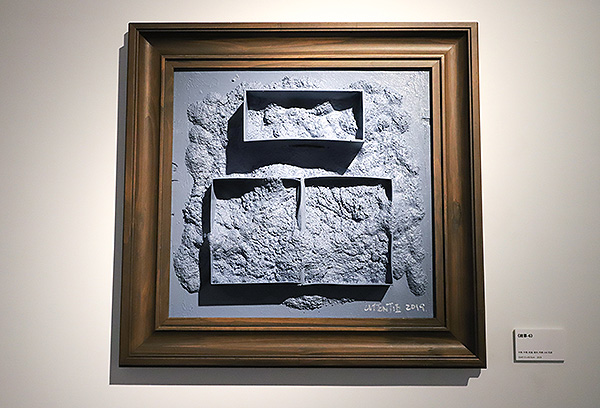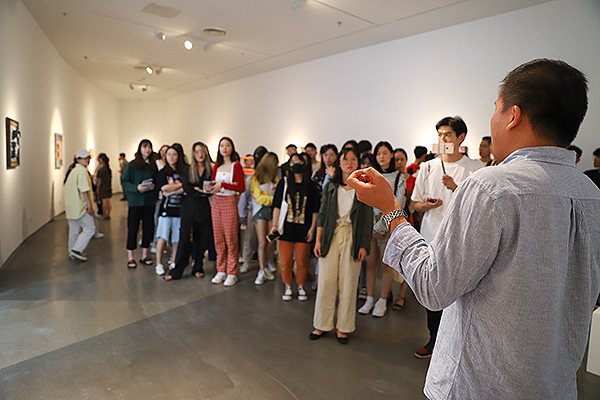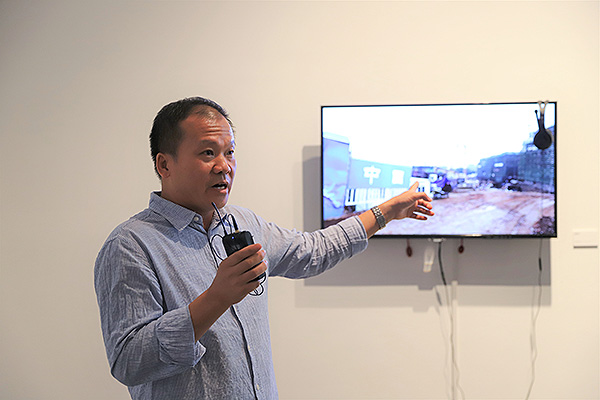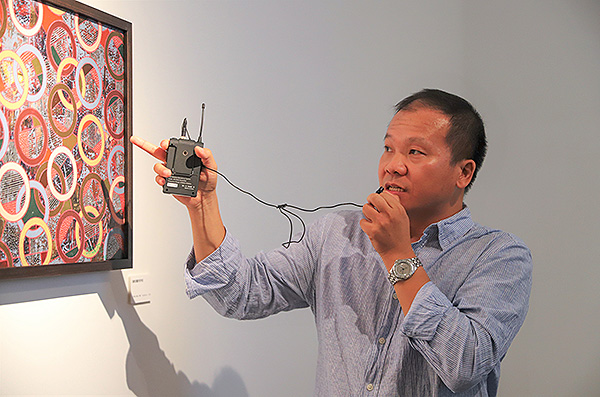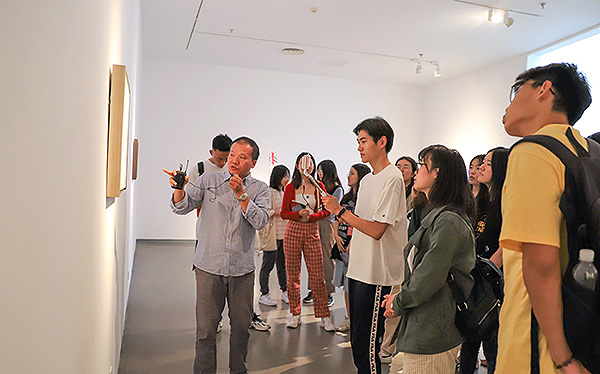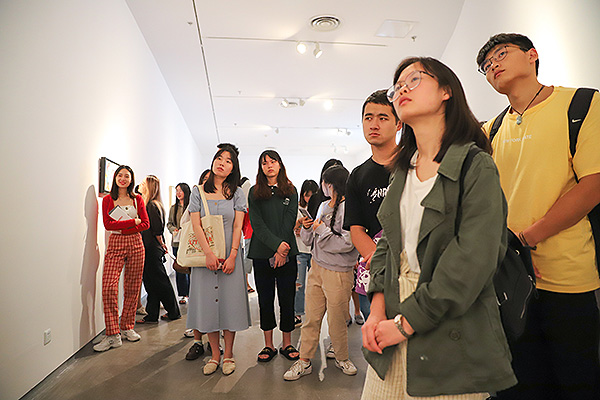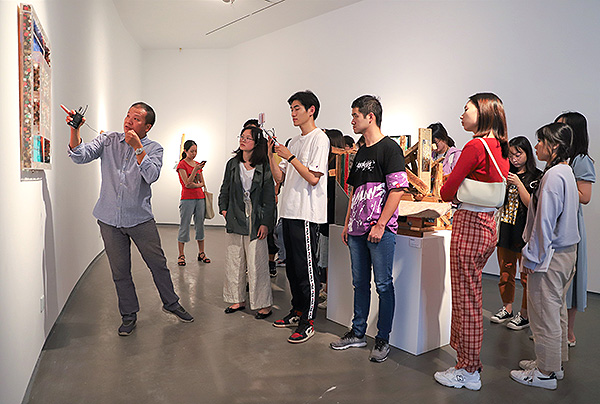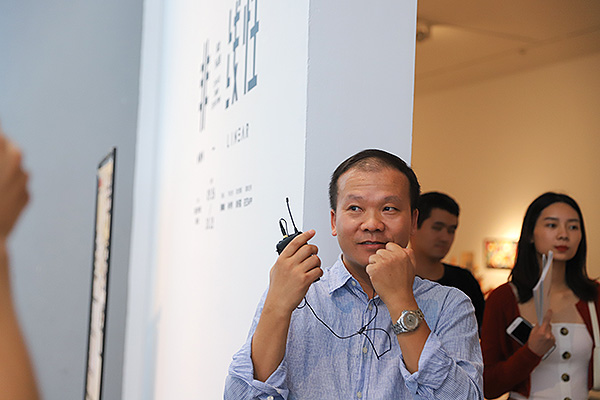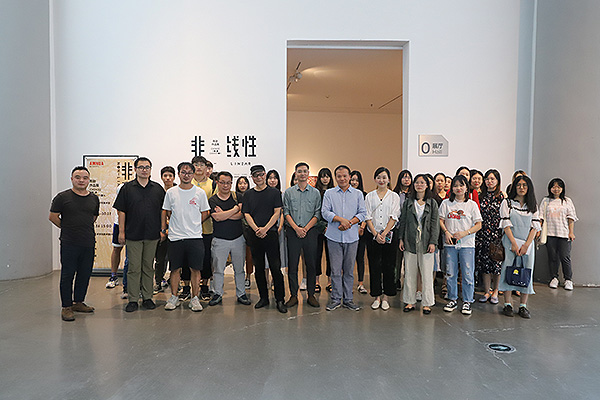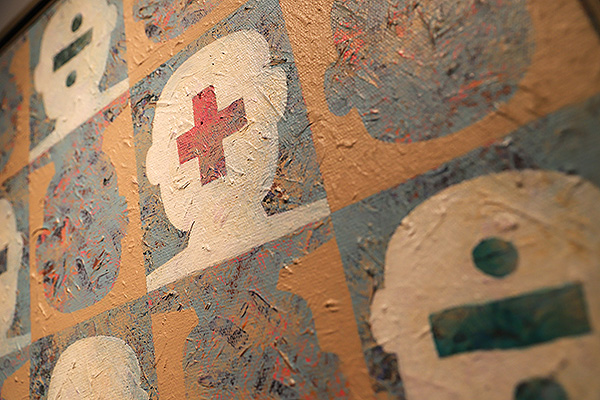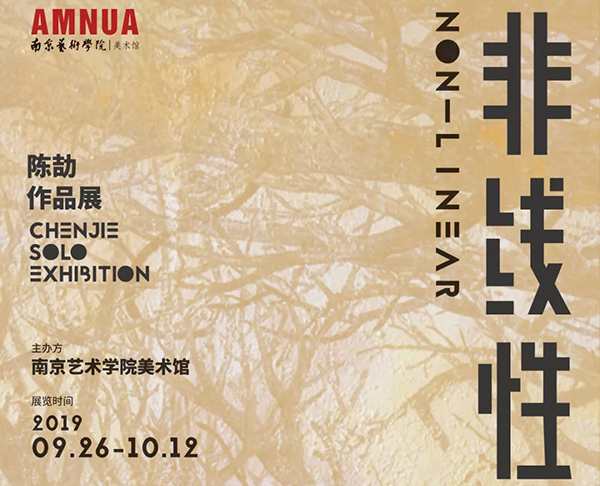
Chen Jie and Nonlinearity
2019-09-26
Chen Jie shows extraordinary passion for the language. Such passion is a double-edged sword for an artist, for it means, to some degree, a hindrance to the artistic investigation of meaning. Nevertheless, the eternity of art rests in the language, not the “meaning”. The language has its value; it, with its expressiveness and logic, is a strong stimulus to the evolution of art and even human thinking. It is safe to say that an artwork must have its language, describable or not, before it becomes excellent. The language has its uncertainty, in both expression and understanding. Discontinuity does exist there to create surprise for us – surprise intrinsic to no-control. A typical phenomenon is that the maturity of artistic language comes with the collection value at the peak and, in the meanwhile, the vigor at the bottom. A conclusion is conveniently reached that, for an artist big on the language, every step upward does mean something when it comes to the process or the artist himself; but, in the meanwhile, nothing when it comes to the result, a utilitarian dimension.
Time and times again, Chen Jie used mathematical marks “﹢”, “﹣”, “×”, “÷” in his works as meaningful symbols. In the piece to be exhibited – “Injury Metaphorized”, the visual element “﹢” can still be identified only that it has been deformed into a cross with more insinuation to the spiritual faith. Chen Jie has chosen for his latest installations wood as the main material. Wood, with balanced hardness and softness, is the best representative of the traditional Chinese doctrine of moderation. But for the artist, moderation is the not the pursuit; a material is a material as he sees it. The work “Again, a Sofa” seeks to show some disorder in the form of ruggedness. If the artist follows the common practice, choosing cast iron, bronze or other materials of weight, the disorder will sure be counterbalanced by the weight, which by itself conveys a feeling of orderliness. All materials have their own symbolism while Chen Jie treats them as just materials in the constructive sense, squeezing all out the symbolism. At the first sight of the work – “Structure with Red”, we see nothing but the overlapped doors though the material is definitely there. The concept of the work can be preserved only after the symbolism of the material has been cast away.
For Chen Jie, the material is but something he works on no matter it is an installation or an easel painting. He has no obsession to the material itself; he just tries his language on it. When you take a shot, the device maters only to the extent the shot requires, no matter it is a camera or a cell phone. The exhibits named “Story” are not narrative in spite of the name; they just show scenes of stories by using different materials. Contrary to the installation, in which the artist seeks disorder through the material, the easel painting represents the artist’s pursuit of orderliness and regularity in the form. It is well grounded that, for the exhibition, the artist Chen Jie doesn’t express his deliberations with the linear logic or “dig a deep well” for a particular subject; instead, he tends to, intentionally or not, reverse the order, treating the subject as something experiments are done on. He expects different languages for different works. In spite of the number, these exhibits are discrete, not concrete, that is, a group of independent and live points, not continuity. I cheer for the overflowing vigor in these works; it is reminiscent of the stone-rolling Sisyphus, and exists there as something truly precious today though commonly in China two decades ago. Vigor is vigor, independent of the genius.
